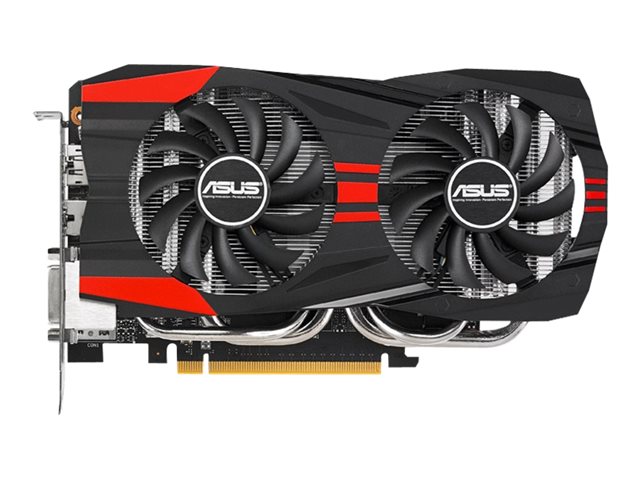Introduction
The GeForce GTX 760 was released on June 25, 2013, as part of NVIDIA’s GeForce 700 series. Positioned as a mid-range graphics card, the GTX 760 aimed to deliver high-quality 1080p gaming performance at a reasonable price point. Building on the success of the GeForce 600 series and based on the Kepler architecture, the GTX 760 struck a balance between performance, efficiency, and value—earning it considerable popularity among PC gamers in the mid-2010s.
As time has moved on and newer architectures like Maxwell, Pascal, Turing, and Ampere have replaced Kepler, the GTX 760 has transitioned from a mainstream performer to a nostalgic relic of a pivotal time in PC gaming.
Specifications Overview
| Feature | Specification |
|---|---|
| GPU Architecture | Kepler (GK104) |
| CUDA Cores | 1,152 |
| Base Clock | 980 MHz |
| Boost Clock | 1,033 MHz |
| Memory | 2 GB / 4 GB GDDR5 |
| Memory Bus | 256-bit |
| Memory Bandwidth | 192.2 GB/s |
| TDP | 170W |
| Interface | PCI Express 3.0 x16 |
| Launch Price | $249 USD |
When Maxwell-based cards like the GTX 960 (2015) were released, the GTX 760 began to show its age, especially due to its limited VRAM and lack of DirectX 12 feature support. However, many users continued to use the 760 well into the Windows 10 era.
Longevity and Legacy
By 2020, the GTX 760 had effectively become a retro card, often found in older builds, budget gaming PCs, and entry-level systems. While no longer viable for modern AAA gaming, it still performed adequately in esports titles like:
- CS:GO
- League of Legends
- Dota 2
- Fortnite (on low settings)
- Minecraft
Its impact, however, went beyond performance. The GTX 760:
- Helped solidify NVIDIA’s dominance in the mid-range market.
- Gave developers a common performance target for 1080p gaming.
- Paved the way for the more efficient and revolutionary Maxwell GTX 900 series.
For many gamers, the GTX 760 was their first true experience with PC gaming at high quality and performance. As such, it holds nostalgic value similar to cards like the GTX 460, GTX 960, and GTX 1060—all mid-range stalwarts of their generation.
Conclusion
The GeForce GTX 760 was not the most powerful graphics card of its time, nor the most future-proof. But it was, in many ways, the perfect card for its audience: reliable, affordable, and powerful enough to run the latest games of the early 2010s at 1080p with high fidelity.
Its success lay in hitting that sweet spot between performance and price, offering a compelling upgrade for users of older cards and appealing to new builders looking to get into PC gaming. Over time, it earned its place as one of the great mid-range GPUs of its era.
As newer generations of GPUs continue to push boundaries in ray tracing, DLSS, and AI processing, the GTX 760 stands as a reminder of a simpler time—when solid raster performance and clever engineering were all that was needed for a great gaming experience.

